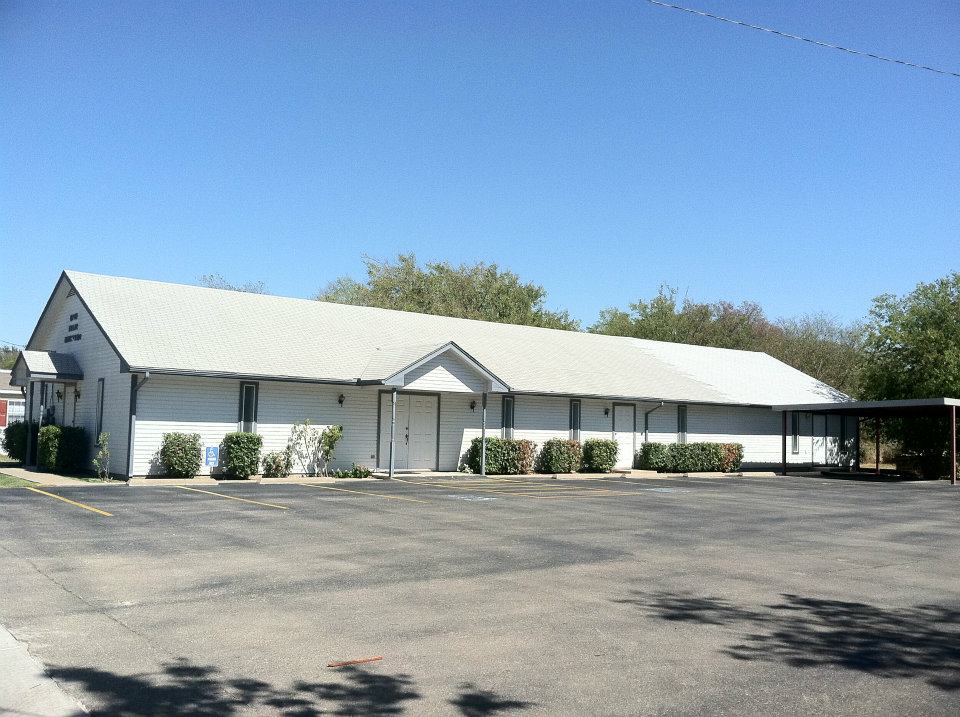Sunday Worship 11:00 AM
Evening 6:00 PM
Singing 3rd Sat. of Month 6:30 PM

Worship is the response of the whole being—heart, soul, mind, strength—to beholding God’s glory. The Holy Spirit enables it. (There is no worship apart from spiritual regeneration.) It is fixated on gospel truth. (We behold God’s glory in the face of Jesus Christ.) God’s self-revealing Word directs it. (We don’t intuitively figure out what pleases God.) It involves personal and corporate expressions. (We worship in all of life and church gatherings.) Human beings are hard-wired for worship. Thus, worship of someone or something is inevitable. But the worship that pleases God—that proceeds from a heart that sees and loves Him—is only possible by the saving work of the Triune God: Father, Son, and Holy Spirit.
Worship is our personal and corporate response to God for who He is and what He has done, expressed in and by the things we say and how we live.
The act of worship is essential. So, I put the question to you for your reflection, “What is worship?” Come and find out.
Sunday School 9:45 AM

It is essential to realize that Sunday schools were originally literally schools where poor children could learn to read. The Sunday school movement began in Britain in the 1780s. The Industrial Revolution had resulted in many children spending all week long working in factories. Christian philanthropists wanted to free these children from a life of illiteracy. Well into the 19th century, working hours were long. The first modest legislative restrictions came in 1802. This reduced the number of hours a child could work daily to 12! This limit was not lowered again until 1844. Moreover, Saturday was part of the regular work week. Sunday, therefore, was the only time these children could gain some education.
The English Anglican evangelical Robert Raikes (1725-1811) was the key promoter of the movement. It soon spread to America as well. Denominations and non-denominational organizations caught the vision and began energetically creating Sunday schools. Within decades, the movement had become extremely popular. By the mid-19th century, Sunday school attendance was a near-universal aspect of childhood. Even parents who did not regularly attend church generally insisted that their children attend Sunday school. Working-class families were grateful for this opportunity to receive an education. They also looked forward to annual highlights such as prize days, parades, and picnics, which came to mark the calendars of their lives as much as more traditional seasonal holidays.
Religious education was, of course, always also a core component. The Bible was the textbook used for learning to read. Likewise, many children learned to write by copying passages from the Scriptures. A basic catechism was also taught, as were spiritual practices such as prayer and hymn singing. Inculcating Christian morality and virtues was another goal of the movement. Sunday school pupils often graduated to become Sunday school teachers, thereby gaining an experience of leadership not to be found elsewhere in their lives.
In Britain and America, universal, compulsory state education was established in the 1870s. After that, reading and writing were learned on weekdays at school, and the Sunday school curriculum was limited to religious education. Nevertheless, many parents believed that regular Sunday school attendance was essential to childhood.
